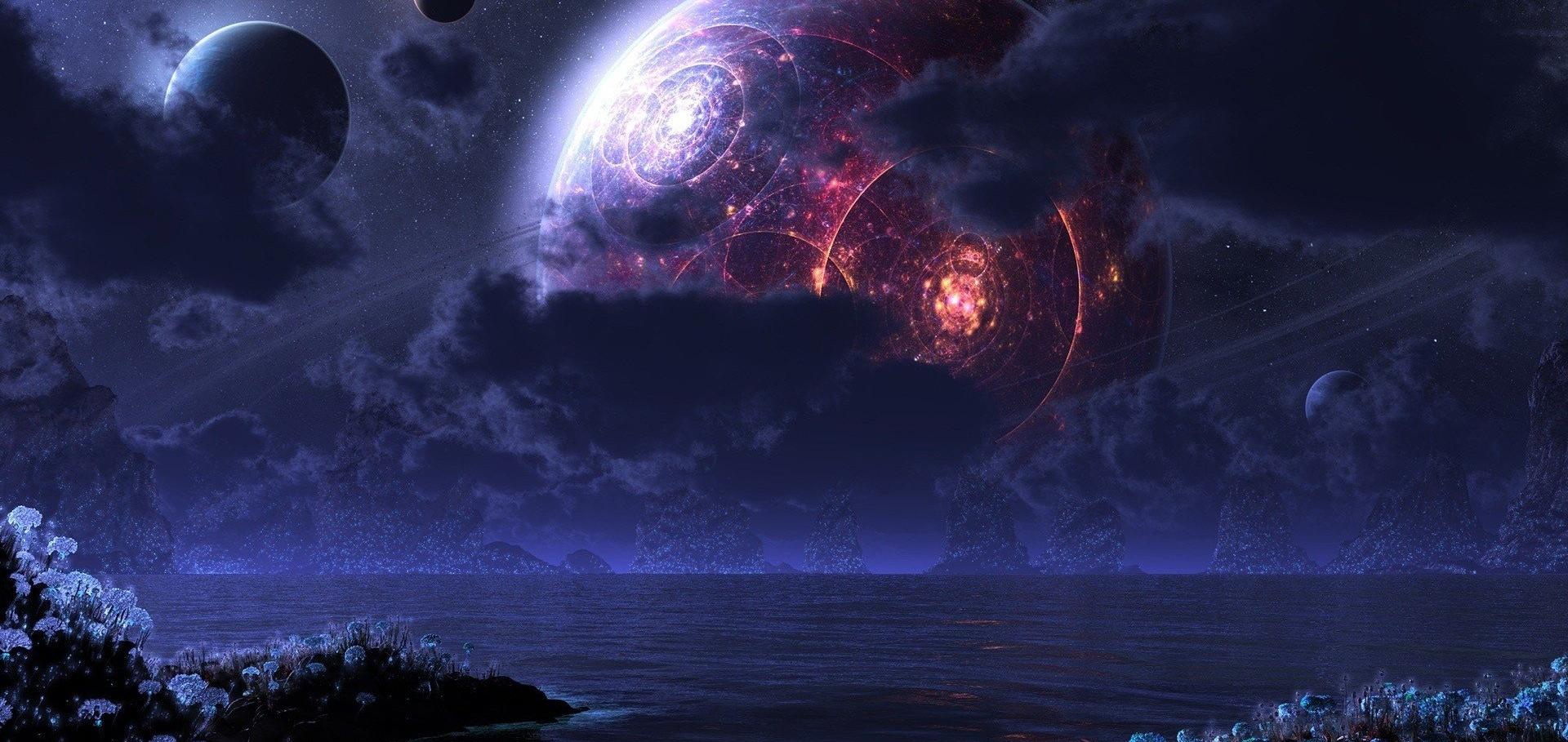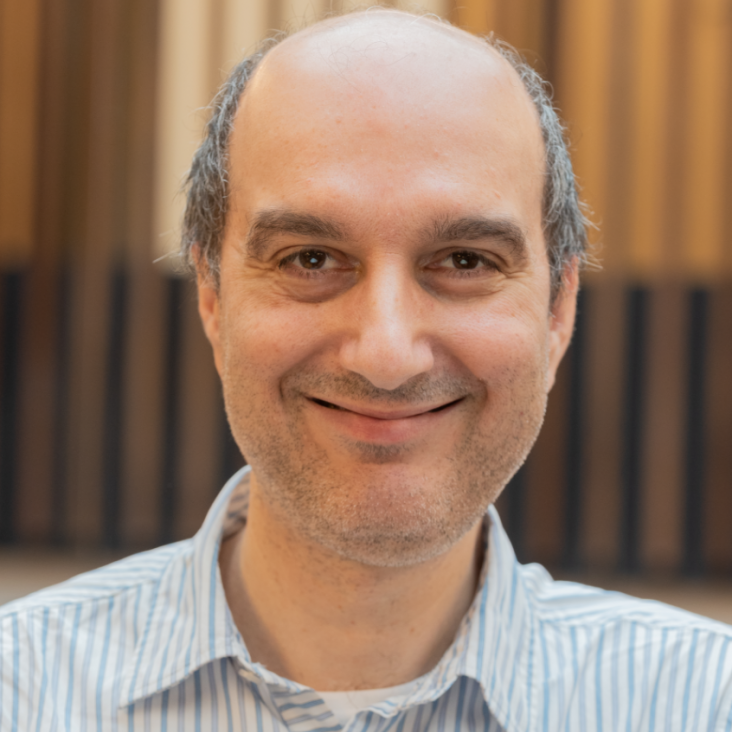Application of imaging plates to x-ray imaging and spectroscopy in laser plasma experiments (invited) - art. no. 10E325
REV SCI INSTRUM 77:10 (2006) E325-E325
Abstract:
We report recent progress in x-ray diagnosis of laser-plasma experiments using imaging plates. Imaging plates are photostimulable phosphor screens [BaF(Br0.85, I0.15): Eu2+] deposited on flexible metal or plastic substrates. We applied imaging plates to x-ray microscopy of inertial confinement fusion experiments. Self-emission x-ray images of imploded cores were obtained successfully with high-magnification, target-mounted pinholes using imaging plates as detectors. Imaging plates were also used in ultraintense laser experiments at the Rutherford Appleton Laboratory, where small samarium foils were irradiated by high intensity laser pulses from the Vulcan laser system. K-shell x rays from the foil (similar to 40 keV) were used as a line x-ray source for one-dimensional microscopic radiography, and the performance of imaging plates on high-energy x-ray backlit radiography experiments was demonstrated by imaging sinusoidal grooves of 6 mu m amplitude on a Au foil. Detailed K-shell spectra from Cu targets were also obtained by coupling an imaging plate with a highly ordered pyrolytic graphite crystal spectrometer. The performance of the imaging plates as evaluated in actual laser plasma experiments is presented. (c) 2006 American Institute of Physics.Development of time resolved x-ray spectroscopy in high intensity laser-plasma interactions - art. no. 10F322
REV SCI INSTRUM 77:10 (2006) F322-F322
Abstract:
This article discusses the design of a novel time resolved von Hamos Bragg spectrometer to provide spectra in the region around the titanium K-alpha and He-alpha lines. The instrument consists of a highly oriented pyrolitic graphite mosaic crystal coupled to a picosecond x-ray streak camera. Measurements of the time dependent behavior from Ti foils illuminated with intense laser pulses can be used to improve the understanding of recombination dynamics, electron transport, and phase transitions in strongly coupled dense plasma. This is important for the modeling of the compression phase in inertial confinement fusion research and the study of astrophysical environments. (c) 2006 American Institute of Physics.Solid-density plasma characterization with x-ray scattering on the 200 J Janus laser - art. no. 10F317
REV SCI INSTRUM 77:10 (2006) F317-F317
Abstract:
We present collective x-ray scattering (CXS) measurements using a chlorine He-alpha x-ray source pumped with less than 200 J of laser energy. The experimental scattering spectra show plasmon resonances from shocked and radiatively heated samples. These experiments use only 10(12) x-ray photons at the sample of which 10(-5) have been scattered and detected with a highly efficient curved crystal spectrometer. Our results demonstrate that x-ray scattering is a viable technique on smaller laser facilities, making CXS measurements accessible to a broad scientific community. (c) 2006 American Institute of Physics.High energy density science with FELs, intense short pulse tunable X-ray sources
Proceedings of SPIE - The International Society for Optical Engineering 6261 I (2006)
Abstract:
Short pulse (< 100 fs) tunable X-ray and VUV laser sources, based on the free electron laser (FEL) concept, will be a watershed for high energy density research in several areas. These new 4 th generation light sources will have extremely high fields and short wavelength (∼.1 nm) with peak spectral brightness -photons/(s/mrad 2/mm 2/0.1% bandwidth- 10 10 greater than 3 rd generation light sources. We briefly discuss several applications: the creation of warm dense matter (WDM), probing of near solid density plasmas, and laser-plasma spectroscopy of ions in plasmas. The study of dense plasmas has been severely hampered by the fact that laser-based probes that can directly access the matter in this regime have been unavailable and these new 4 th generation sources will remove these restrictions. Finally, we present the plans for a user-oriented set of facilities that will incorporate high-energy, intense short-pulse, and x-ray lasers at the first x-ray FEL, the LCLS to be opened at SLAC in 2009.Generalized x-ray scattering cross section from nonequilibrium plasmas.
Phys Rev E Stat Nonlin Soft Matter Phys 74:2 Pt 2 (2006) 026402


